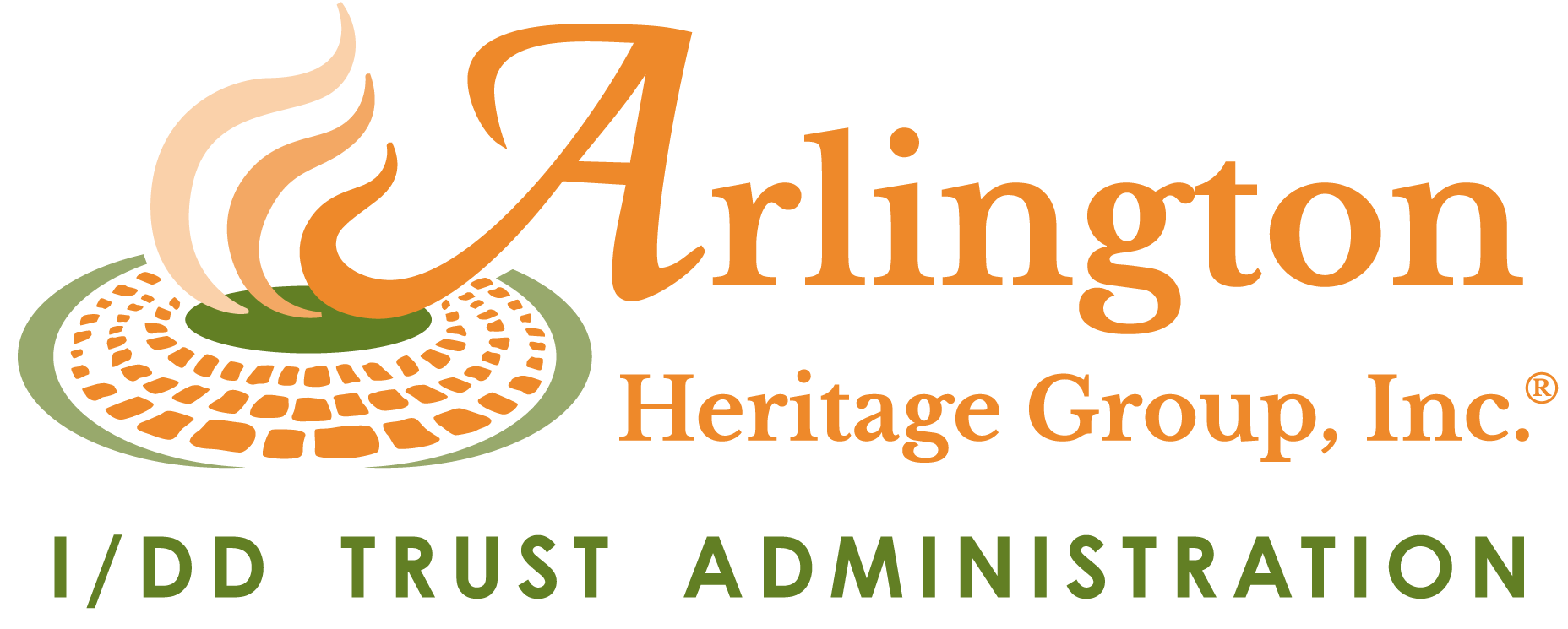We all know it can be a struggle to manage a consumer’s finances and maintain means-tested benefits. Monthly systems need to be built and handled to check every bank account to ensure that no consumer has a balance over the $2,000 resource limit. And when the threshold is met, one needs to get below $2,000 immediately. The most widely used method to effect change is via a “spend-down.” And while doing this, how many times have you thought this such a wasteful act? You are not alone and the struggle is real.
There is a better way. One that does not involve a frivolous spend-down of a consumer’s resources; one that does not require your staff’s time and effort month after month; one that would allow those in your care to save any amount of money to use over the course of their lifetime when needed. Would you be surprised to know that there is a much better way to manage your consumers’ funds? There is!
Client funds management becomes easy when using a special needs trust or ABLE account. In 1993, the Federal Omnibus Budget Reconciliation Act (OBRA) paved the way for providers to use this type of trust as an exempt resource for individuals in their care. This allows consumers the ability to save money above the $2,000 resource limit, while also maintaining eligibility for benefits. In 2014, ABLE accounts were created and passed into law to do the same. While these instruments are easy to use and compliant with Social Security and Medicaid, they each have advantages, drawbacks and limitations.
ABLE ACCOUNTS
ABLE accounts are mostly used by individuals and families who are not supported by I/DD providers. Because the account is operated by the individual and/or family, a provider will not have access to an individual’s ABLE account unless they fulfill a few legal requirements. As a provider, you will first need to be the Rep-Payee to be authorized to handle your consumer’s benefits. You will also need to be considered an agent under a Power of Attorney and petition the ABLE program to become an “Authorized Legal Representative” to access an individual’s ABLE account. Also, as ABLE is not a business-to-business solution, it will not bring the necessary reports and tools that a provider will need to successfully manage funds for multiple consumers in their care.
When considering the ABLE account from a single consumer perspective, it is a great tool for saving some money above the resource limit while maintaining benefits. Also, investment earnings are not taxed if the money is used for qualified expenses. It also has a low fee structure. However, there are restrictions that limit the overall advantages. For a consumer to qualify for an ABLE account, the onset of disability must have occurred by or before the age of 26. The amount that a consumer will be able to save is only $15,000 per year. There is also a restriction on the amount that can be saved over a lifetime, which varies by state in accordance with that state’s rules for ABLE. Also, SSI benefits will be suspended when an account balance reaches $100,000. There can also be tax implications on an ABLE account for certain distributions. And lastly, upon the death of the ABLE account owner, funds remaining in the account are paid to the estate and then are subject to Medicaid payback.
SPECIAL NEEDS POOLED TRUSTS
As a non-profit provider, you can create and become the trustee of a special needs pooled trust. This type of financial account brings many benefits to both the consumer and provider. As with ABLE, your consumers will be able to save money above the $2,000 resource threshold. But unlike ABLE’s annual and lifetime contribution limits, a special needs pooled trust can preserve any amount of money without jeopardizing benefits. There are no limitations there. This is both good for consumers who moderately scratch the resource cap and for consumers who receive a large sum of money in scenarios such as inheritance, settlement, retroactive payment or other similar situations. The key advantage for the consumer becomes the ability to save everything, in any amount and still maintain their benefits. This ability to save money and use it when needed is of vital importance to your consumers. Also, with this type of trust, there is no limitation for the age of disability onset. The only condition is that the consumer must be disabled via the criteria set forth by the Social Security Administration.
When a provider uses a special needs pooled trust, they no longer must utilize staff’s time in performing consumer spenddowns to guarantee benefits. The great benefit becomes helping individuals save money that can be used when needed for allowable distributions for both necessities and enrichments. As an example, funds could be used for a medical procedure not covered by current benefits. And saving for larger items become possible too. Items like a cell phone, tablet, transportation or a vacation. If the distributed funds are for the individual and for the improvement of that person’s life, you can basically use your imagination to determine the possibilities. This allows your organization to safeguard benefits and build resources. Ultimately, helping to enhance lives and improve outcomes for those in your care.
The creation of this special needs pooled trust puts the power into the provider’s hands to resolve spend-down and benefit eligibility issues. It also creates a philanthropic component to help a provider build resources that can be used to help any individual within its I/DD community, especially those with no resources. Because this type of trust is not subject to Medicaid payback, when a consumer passes away, funds remaining in their account can be maintained in the trust; this money must be spent on others disabled by SSI criteria. Therefore, individuals in the provider’s care could benefit from distribution of those remainder funds. Thus the pooled trust has a true charitable purpose which is why only non-profit, 501c3 organizations can operate them.
When you want to compare the differences between a special needs pooled trust and ABLE accounts, simply download this chart – https://bit.ly/3n0rDrw.
A special needs pooled trust is an essential instrument that allows a provider to create flexible, customized long-range financial planning. Create your own special needs pooled trust quickly via The Provider Trust offered by Arlington Heritage Group. This comes to the provider at no cost and minimal cost to your consumers. Arlington Heritage Group fully supports the workings of your trust for administration, compliance, record-keeping and training. Contact Tom Tirney at 215-672-1184, ext. #1 or tgtirney@ahgtrusts.com.
Arlington Heritage Group is a trust administrator and has been working exclusively with human service providers for over 30 years. Over 100 non-profits have already made The Provider Trust their choice.










